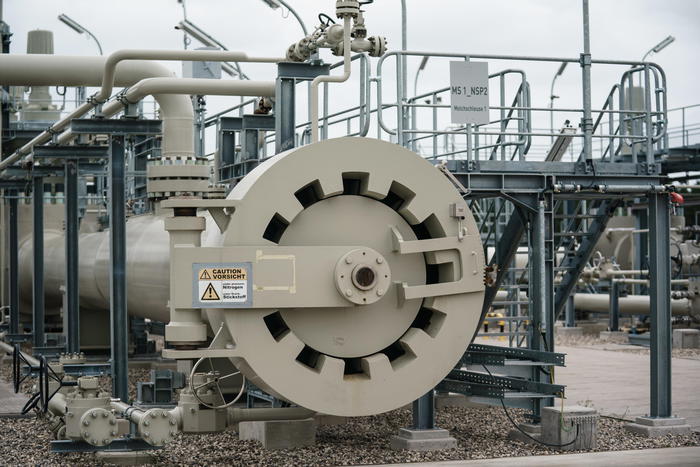di (ANSA) - ROME, 12 FEB - Substantial stop to new oil permits, resumption of gas exploration and extraction on land and in the Italian offshore.
With the publication of Pitesai, the Plan for the sustainable energy transition of suitable areas, a first step is taken towards that increase in the production of Italian gas which the government is looking at as one of the weapons to combat expensive energy.
"Certain rules after years of waiting", says the Mite, who underlines how the plan was "strongly supported by the Minister of Ecological Transition Cingolani to heal the delay in its publication", even if the environmentalist world does not like the idea at all, which took to the streets in 44 cities with 'no gas' demonstrations.
Overall in 2021 Italy produced about 3.2 billion cubic meters of gas and used just over 72. The resumption of extractions could lead to a doubling of Italian production, thus reaching about 10% of the national requirement. .
The role of the Adriatic Sea offshore is in the foreground for the increase in extraction.
Arrived three years after the moratorium imposed in 2019 by the then government, the Plan is a map, a sort of regulatory plan, which indicates where the extraction of hydrocarbons will be allowed.
"Certain rules after years of waiting", underlines the Mite, with some stakes.
In fact, the intent is to rationalize and concentrate the extraction activities on a few active concessions.
In fact, the green light only concerns the activities whose applications were presented after January 1st 2010. Too little attention to environmental criteria - this is the consideration made upstream of the decision - those preceding them.
The purpose of the plan, it is specified, is to identify "a reference framework for the areas, on land and sea, where the prospecting, research and cultivation of hydrocarbons is allowed, establishing their" compatibility "with the territory concerned," according to assessments of environmental, social and economic sustainability. "However, the solution does not convince the environmentalist front at all:"
Overall, the Pitesai covers an area of 42% of the Italian territory and establishes the closure to prospecting, research and cultivation activities of all marine and terrestrial areas not included in the territorial scope of reference for the planning and evaluation of the Plan.
Among the areas that can no longer be affected by research and cultivation activities, the Regions Valle D'Aosta, Trentino Alto Adige, Liguria, Umbria, partly Tuscany and Sardinia, and to the sea, 5% of the entire marine surface under Italian jurisdiction. .

